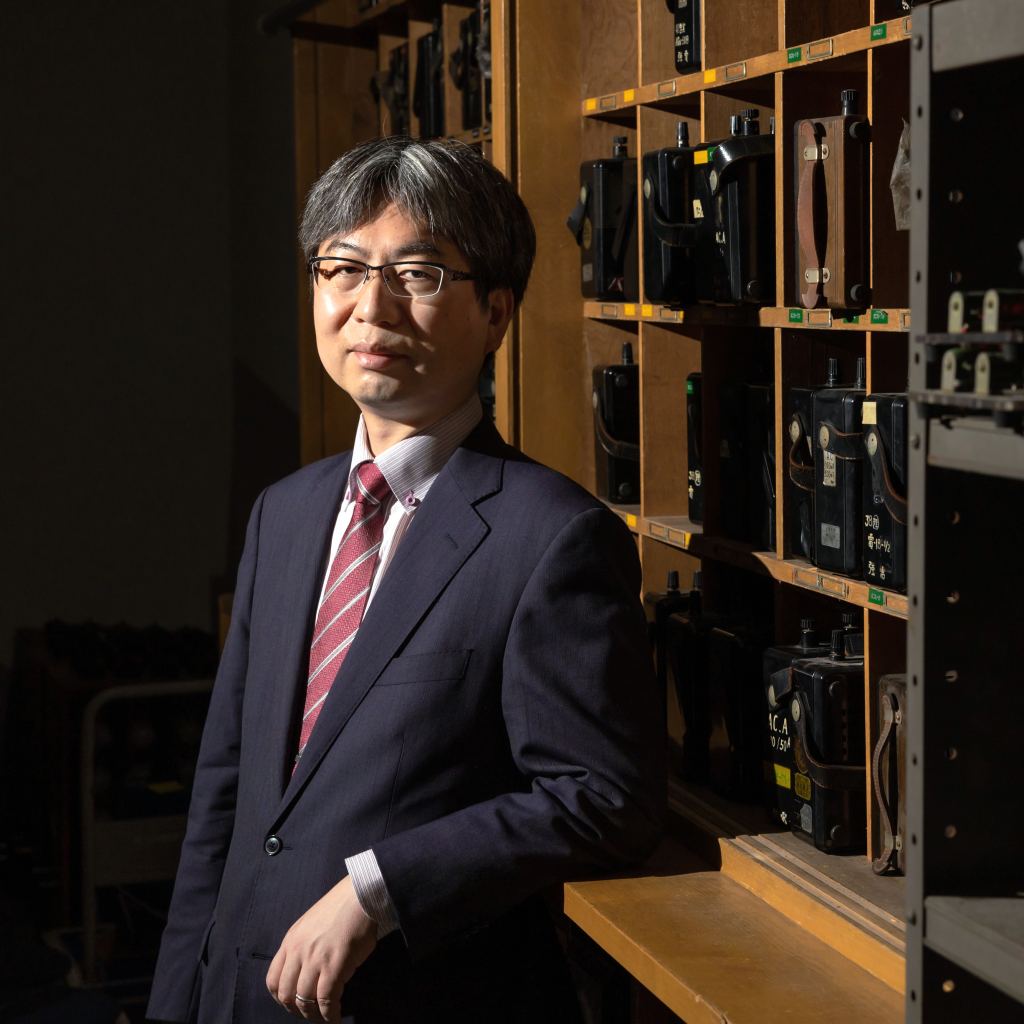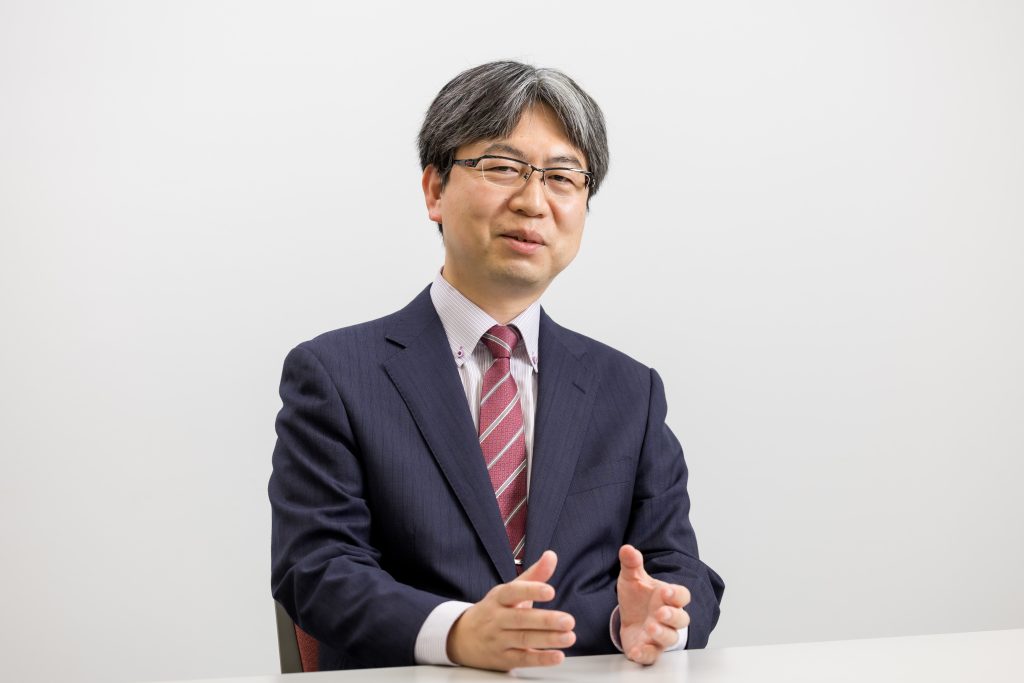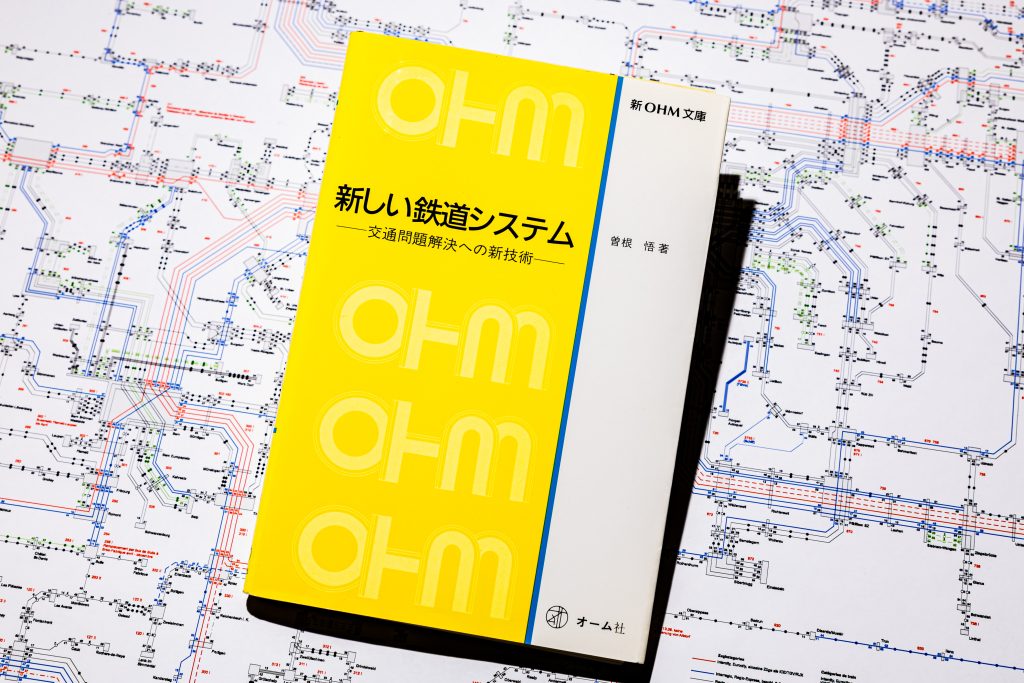
Professor Masafumi Miyatake from the Faculty of Science and Technology conducts research in electric railways. While electric trains are already an environmentally friendly form of transport, it is still possible to achieve even greater energy savings through innovative driving. Professor Miyatake looks at how mathematical formulae can help make this happen.
Electric trains run on electricity. So compared to steam and diesel locomotives, they are more environmentally friendly. However, when it comes to effective energy consumption, there is still room for improvement.
The industrial sector—which includes manufacturers of heavy electric machinery—tends to pursue solutions from a technological perspective, such as improving the performance of motors or driving equipment. The role of academia is to offer solutions from a scientific perspective, such as engineering mathematics, mechanics, and electrical engineering—my field of specialization.
Meaningless unless convenient and energy-saving

One way, for example, is to use mathematical formulae to calculate energy-saving driving methods. Similar to automobiles, the energy efficiency of trains can be increased through innovative driving methods—decreasing train speed will reduce air resistance and help lower energy consumption. However, as railways are built to serve people, such measures are meaningless if they are not also convenient to train passengers. Mathematical formulae can help us work out where acceleration and deceleration should take place, and by how much, to limit energy consumption to the minimum without changing the time required to reach destinations.
To perform the calculations, we write out a program which includes everything related to the train running on the trainline in question. This includes physical behavior—such as the inertia of the moving train, acceleration when moving off, and deceleration before stopping—and how energy is being used. The formulae are extremely complicated as they include conditions such as distance travelled, required time to destinations, locations and angles of curves, and speed restrictions. Often, it’s a struggle to derive the appropriate formula, and even after finding the formula, the calculations can be too complex to solve and the research stalls. However, it’s these challenges that make the mathematics all the more interesting.
The advantage of using mathematical formulae to derive procedures for acceleration and deceleration is that the most energy-saving driving pattern can be shown using a graph. With speed on the vertical axis and the time from the starting point on the horizontal axis, even less experienced train drivers can drive in an energy-efficient way by following the pattern on the graph. This is a truly revolutionary result. Such graphs have been used by railway companies to check if driving techniques usually practiced by drivers are logically sound, that is to say, if trains are actually being driven in an energy-saving manner. In the future, these graphs could also be incorporated into driver assistance systems and introduced into actual operations.
Enhancing autonomous driving systems with human experience
Although Japan is known globally as a country with advanced railway systems, academic research regarding railways is more vibrant in Europe and China, and about half of the students in my laboratory are foreign students from overseas. I think one of the reasons for the lack of development in railway-related studies in Japan was because our systems developed into their present forms through accumulation of practical ideas and hard work without having to rely on theories. In other words, it can be said that autonomous driving technology and other research areas grew vibrant overseas because Japan’s methods cannot be applied there.
I think even Japanese railway companies will face difficulties in passing on expertise to the next generation. If we incorporate the techniques of experienced drivers as data into autonomous driving systems, their skills can be passed down to future generations. Precision and safety in driving are the strengths of Japan’s railways. Going forward, I intend to continue with research that establishes and entrenches these strengths as methods backed by theory.
The book I recommend
“Atarashii tetsudou shisutemu—Koutsuu mondai kaiketsu e no shingijutsu” (New railway systems—New technologies for solving transportation problems)
by Satoru Sone , Ohmsha, Ltd.

This is one of the books that inspired my interest in electrical engineering. I was already interested in railways and reading this book made me aware of the link between railways and electricity. It is a book that shows the potential of specializing in electrical engineering.
-
Masafumi Miyatake
- Professor
Department of Engineering and Applied Sciences
Faculty of Science and Technology
- Professor
-
Graduated from the Department of Electrical Engineering, Faculty of Engineering, University of Tokyo and completed the doctoral course in Information and Communication Engineering at the university’s Graduate School of Engineering to receive his Ph.D. in Engineering. After serving as a research associate at the Department of Electrical Engineering, Faculty of Science and Technology, Tokyo University of Science, he taught as a lecturer and later as associate professor at Sophia University’s Faculty of Science and Technology before assuming his current position in 2014.
- Department of Engineering and Applied Sciences
Interviewed: May 2022